Soaked with the sky
Arefa Tehsin ventures into Sinharaja in Sri Lanka.
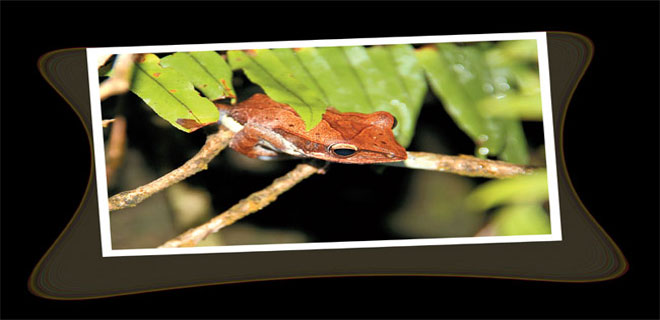
“Birdsong brings relief to my longing,” Rumi had mused. “I am just as ecstatic as they are, but with nothing to say.” There are countless sounds of longing and ecstasy on the hills where the lowland tea plantations abruptly end into the beginnings of the evergreen forests.
Considered one of the most easily accessible rainforests in the world, Sinharaja, a UNESCO World Heritage Site, is snuggled up in the
island of Sri Lanka. Most people approach this tropical evergreen forest from its western flank, which is thriving, throbbing, hot and humid, with all other essentials of a rainforest. The surprise awaits you when you approach this patch of sprightly biodiversity from the eastern flank, through the hills of Deniyaya.
The winding roads take you through a jade landscape, sprawling tea estates, brooks and rivulets. You see the near and distant peaks around you, many shrouded in clouds like houris. The clouds descend on you and the mist blurs your visibility. The intermittent showers continue as you drive up the wet road, passing small hamlets.
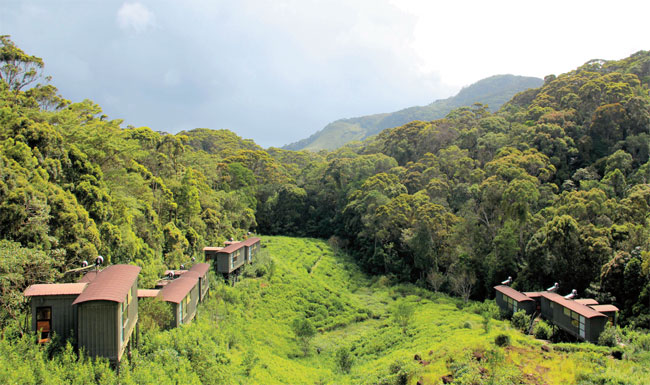
After a point, the settlements decrease like the growth of the stunted tea bushes that take over. The tea estates end abruptly and you witness the imposing trees of the rainforest. The daunting, precipitous inaccessibility of this biosphere reserve saved it from commercial felling. The canopies tumble on each other in an attempt to gather the maximum sunlight. And you wish you could gather some in your heart and take it back with you.
The unforgettable trait of the eastern Sinharaja is its wind. It howls sings, murmurs and curses. Sometimes in whispers: sometimes at the top of its voice. And in spite of being cold, it is soulful. The weather is quite temperamental too, like a newborn. It throws fits of wind and rain, and then smiles sunshine as quickly. Within half an hour, you can experience a heavy downpour, flitting clouds, clear skies, powerful winds, and chilling cold.
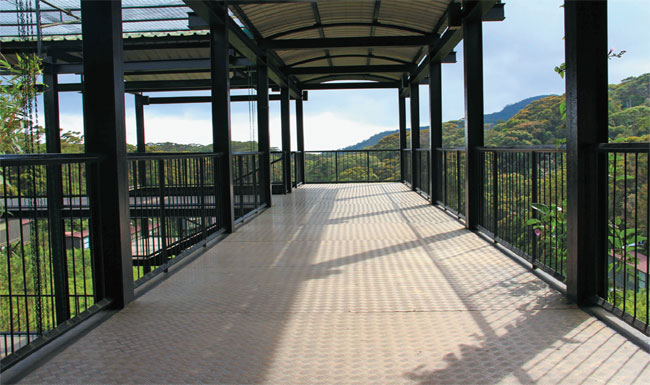
What it loses in its expanse (21 km from east to west and 7 km from north to south) it makes up in abundance of endemic birds, mammals, amphibians, reptiles, insects and trees. You shouldn’t go into a rainforest to see animals but the forest itself.
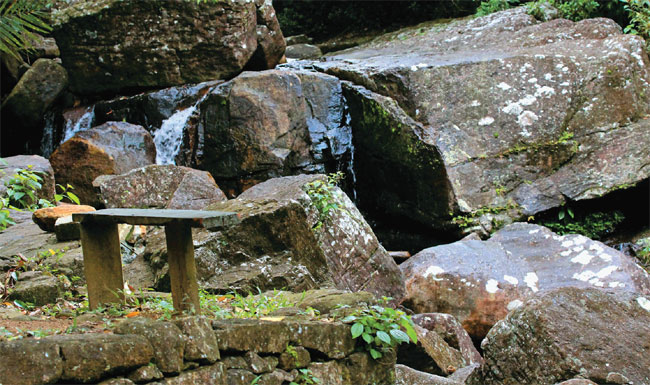
Though Sinharaja literally translates to ‘Kingdom of the Lion,’ don’t expect to see any here. Or for that matter in Sri Lanka. There are no lions on the isle. The leopard reigns supreme at the top of the food chain, and it rules Sinharaja too, but it is difficult to spot one here unlike in Yala National Park; any big mammal is difficult to spot in a rainforest. The reason is the thick foliage.
There are sambar, hog deer, golden palm civet, stripe-necked mongoose, Indian muntjak and others that remain concealed in the folds of the deep rainforest shadows. The only big mammal easily seen here is the fearless purple-faced langur. Any long-distance relative of humans can’t lie low for long.
Birds, monkeys and cicadas chit- chat, tease, sing, seduce and quarrel all day long, while the vocal crickets and frogs, and silent but jazzy fireflies take over from them at night. 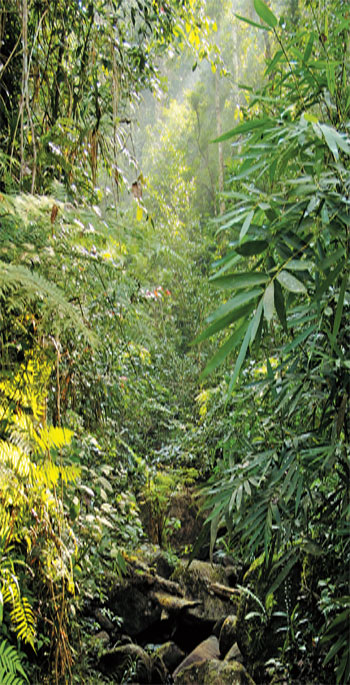
There are a few that hunch and lean, but most of the lofty trees stand straight, with an attitude, rising up to 50 meters. As you walk through their erect boles swathed in lianas, you can almost see and smell the decay and regeneration, both at once— fallen tree trunks degenerating to provide food for the ever-hungry forest floor; dead insects floating inside the acid filled pitchers of the pitcher plants digesting their flesh with their juices. They say a fallen leaf doesn’t take more than a day and night to get decomposed and recycled in a rainforest. Speak about the cycle of life.
Of all the identified trees and lianas, more than 60 per cent are endemic. Although big mammals are difficult to spot, amphibians and reptiles grace you with their presence oh-so-often. A bewildered skink scurrying away to safety, a green pit viper waiting motionlessly for an unsuspecting prey, a wrinkled frog guarding its eggs in a stream, a whistling lizard making its way up a tree, a torrent toad looking bored at the world. And then there are birds. Very many of them! In all shapes, colours and sizes. Racket tailed drongo creating a racket, or, orange billed babbler babbling away. The rare endemic ones like the Sri Lanka blue magpie; the green billed coucal, red faced malkoha, ashy headed laughing thrush, and the white faced starling make their presence felt to the devoted and perseverant. The birds also forage in mixed flocks here—sometimes up to 48 species together!
As you walk through tangled vines, drooping lianas and huddled tree trunks, you might emerge in a large expanse of open grasslands in the hills, bang in the middle of the rainforest! There are such patches present in this part of Sinharaja, with streams flowing through tall grasses that lift your heart right up to the sky, unhindered. And here, you need not be bothered much about those who feed on you— the leeches. But, they are less in number. You can spare some more time to admire the swaying grass and fluttering butterflies instead of checking your socks and shoes for leeches hiking up your leg.
On the edge of the jungle, where the tea estates end, is the Rainforest Ecolodge, an idyllic place to experience the rainforest. The first of its kind in the world, the stylish jungle chalets are made out of recycled shipping containers. They are spacious, and the long glass walls give an expansive feeling of space; a chance to experience the rainforest luxuriously. Stakeholders from tourism industry, universities and government bodies like Ceylon Chamber of Commerce came together to give form to this unique concept.
In the mornings, when the mist lifts above the jungle floor from the tea bushes to the forest canopy, and then hangs there idly for some time, too lazy to vanish, you feel drunk with the milky greenness. And, in your drunken stupor, if comes a short burst of shower you can, as Rumi suggested, “rush out in the rain to be soaked with the sky”.
The writer is an author, columnist and hon. wildlife warden, Udaipur









